As announced today, our new pastor will be Father John Paul Leyba. Father Leyba will join us next month from St. Thomas More parish in Centennial, Colorado. St. Thomas has published video of some of Fr. Leyba’s homilies. Here are some recent additions to the St. Thomas web page:
Wrapped in Self – Sunday April 10, 2011
This Baby Has Come to Change the World!- Friday December 24, 2010
Archbishop Chaput ordains three priests for the archdiocese
A June 2002 article by Alwen Bledsoe in the Denver Catholic Register highlights Father Leyba’s ordination by Archbishop Chaput. The article provides a biographical look at Fr. Leyba’s call to vocation:
John Paul Leyba very nearly chose a very different life for himself before concluding God was calling him to the priesthood. In fact, it wasn’t until he and his fiancée were in the midst of marriage preparation that his feeling that he might have a vocation to the priesthood became too acute to ignore. Fortunately, his fiancée, a devout Catholic herself, had once considered a vocation as a nun and so understood his dilemma, Leyba said. The engagement was put on hold, Leyba found a spiritual director, and a year-and-a-half later he entered Mundelein Seminary in Mundelein, Ill. At the time, 1997, Denver did not have a seminary, he added.
It officially took five years of schooling and a year-and-a-half of discernment to get Leyba to his ordination June 1, but really, his vocation was a lifetime in the making, he said.
After five years in Illinois, he’s back and will be taking on the position of parochial vicar at St. Thomas More in Centennial.
Here is an excerpt from a 2010 DCR article about Fr. Leyba, written by his mother:
A Priest’s Chalice: My son’s chalice
By Lucille Leyba
Father John Paul Leyba was born near Taos, New Mexico. One of five children, he grew up and attended schools in Penasco, N.M.
As a boy he was a faithful altar server and he made sure we got him to church on time. He seemed to always enjoy being at Mass.
He started playing guitar at 7 and the following year joined the parish choir as a musician. He continued to serve as a parish musician even as a young adult. His high school autobiography list of possibilities for a future career included: music, engineering or priesthood.
He earned a degree in electrical engineering from the University of New Mexico and got a job with Hughes Aircraft in Aurora, Colo. He enjoyed his work there, but after about 10 years, he called our family to tell us he was applying to the Archdiocese of Denver to attend seminary.
Because the Denver Archdiocese didn’t have a seminary at the time, he attended St. Mary of the Lake Mundelein Seminary in Mundelein, Ill. After a year, he came home and announced: “I’m going back. Without any pressure from anyone, now I know that is where God wants me. I’m at peace.”
We weren’t really surprised and we gave him our support. The idea of becoming a priest had never really left him even though he had tried to push it away as he pursued a career in the aerospace industry and had even been engaged to be married.
We joyfully received his priestly blessing on his ordination day, June 1, 2002.
Here is Father Leyba’s biography from the St. Thomas More Parish web page:
Editor’s Note: After his ordination in June 2002, Father John Paul Leyba was assigned to St. Thomas More. He served as parochial vicar until 2005. STM parishioners who knew him before are delighted to have Father John Paul with us again. Father will touch many hearts as he shares his musical talent, sense of humor and his deep love of God.
After Father John Paul Leyba left St. Thomas More, he spent two and a half years at St. Anthony’s in Julesburg, Colorado, a town near the border of Nebraska. While there, Father John Paul says he “did everything,” from running the parish both financially and spiritually, to fixing toilets, shoveling snow and fixing leaks. Since St. Anthony’s had no parish staff, Father John Paul did it all. He says his experiences at St. Anthony’s were fun and that he learned a lot. Another task Father John Paul managed at St. Anthony’s was teaching the teen religious education program, which he says was “intimidating” because, unlike St. Thomas More which has full-time youth ministers, he was given the task of coming up with the material to teach them. But, overall, Father John Paul likes working with youth because they are “wild” and willing to share themselves with others and open up spiritually. He also says, “I think like they do, so I think I relate to them.” After serving at St. Anthony’s, Father John Paul spent two and half years at Our Lady of Loreto.
For six months the pastor was on sabbatical, so he was again given the task of running both the financial and the spiritual sides of the parish. However, after being in Julesburg, doing administrative work at Our Lady of Loreto was a lot easier, and he says it was also interesting. At every parish in which he has served—including STM—Father John Paul says his favorite part is the people, who are “fascinating. Everybody’s so different and so not different. You just don’t get bored…you’re always exploring… the way they think and their perspectives on life.” Father describes working with people like “being an explorer. There’s always new territory.”
In addition to his musical talent that he previously shared at the LifeTeen Masses at STM, Father John Paul provides the parishioners with his insight to the Gospel readings. He says he came up with this idea when he was ten years old. While on vacation in Albuquerque, New Mexico, he attended a Mass where the priest explained the Gospel readings. Father John Paul never forgot that experience and he adopted it for himself. He explained, “I want people to recognize that we’re not that different from the people in the Scriptures,” and he hopes, “It would spark in people a love for the Scriptures.”
Father John Paul is very happy to be back at St. Thomas More, which he says feels like home, “like putting on comfortable shoes.” Father John Paul has certainly blessed this parish with his gifts, both musical and spiritual, and we are pleased he will continue to do so.
Father Leyba – we welcome you to Holy Trinity!
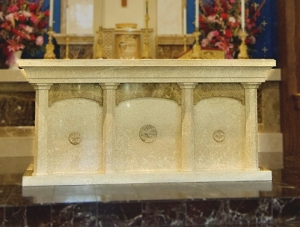
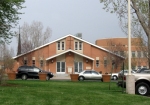

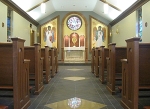

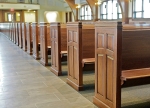



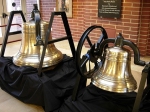

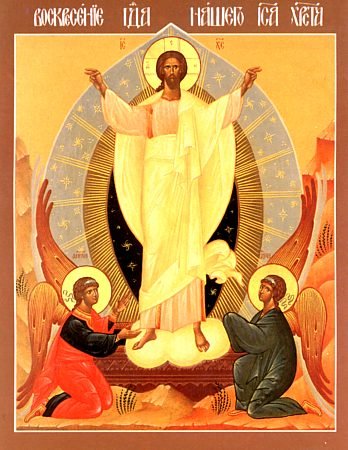
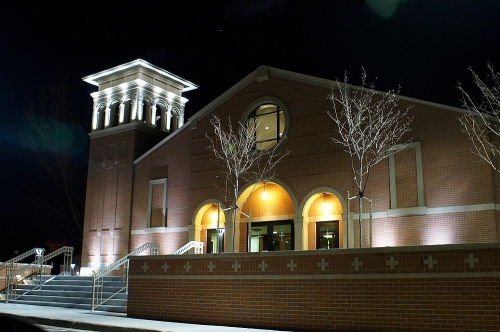
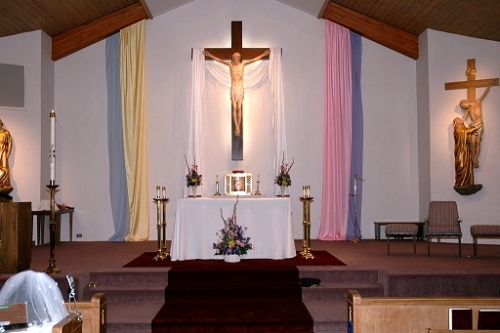 Long Before (original circa 1966):
Long Before (original circa 1966):
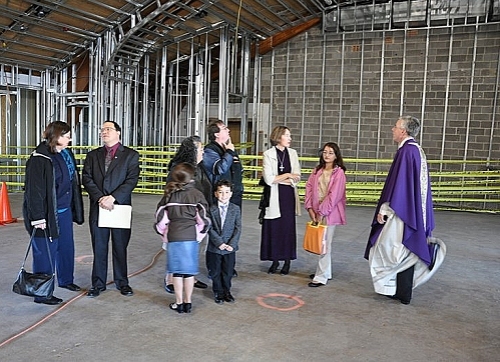
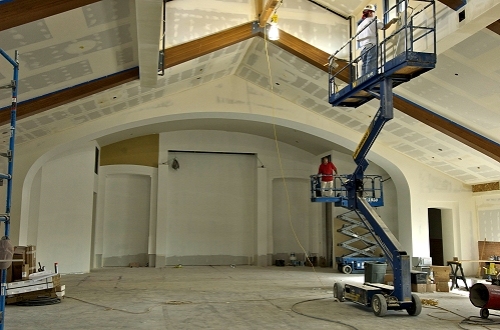
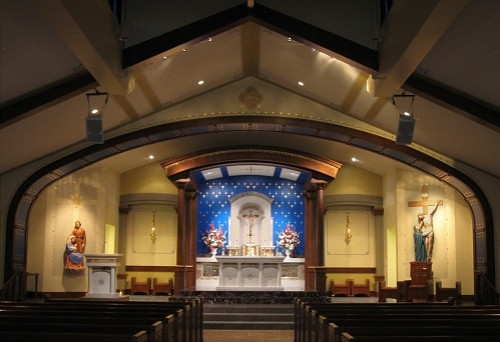
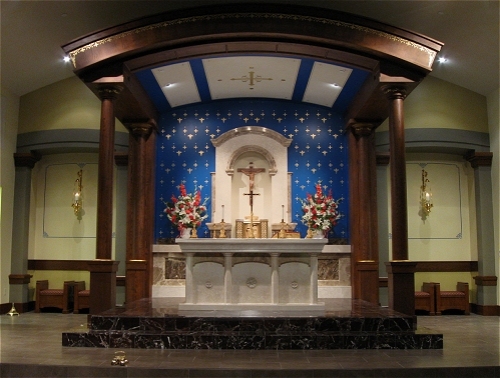
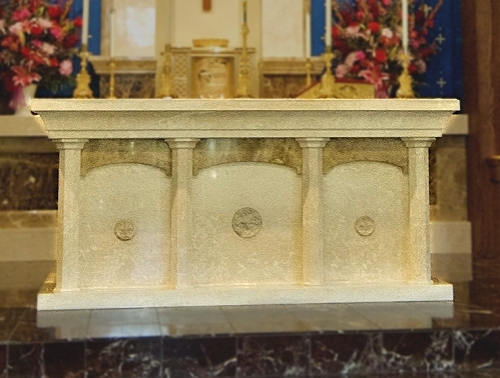
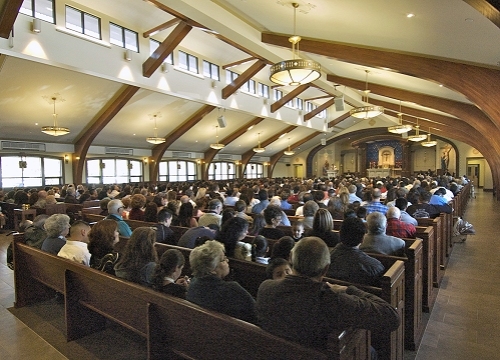






You must be logged in to post a comment.